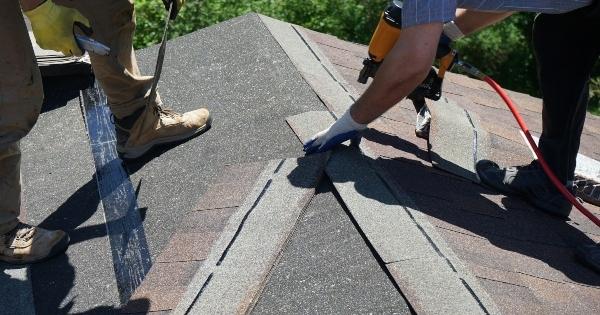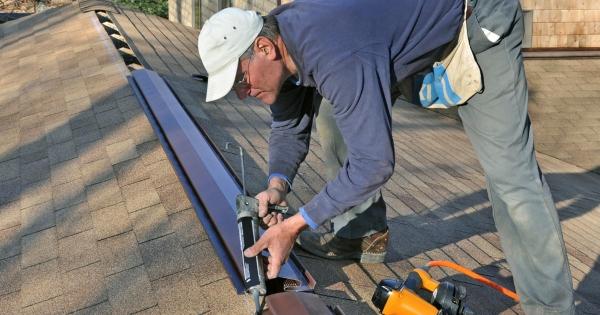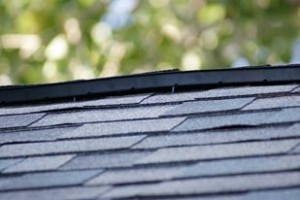The Most Important Aspect of Roofing - Part 3

By Lauren White.
Myths and mistakes related to attic ventilation.
In part 1 and part 2 of this attic ventilation series, we discussed the importance of proper attic ventilation and how contractors create a balanced system. In part 3 we explore myths and mistakes.
There are a variety of myths concerning ventilation systems that roofing companies are hoping to dispel through their educational efforts. The first myth is that color is the most important roofing choice. To have a long-lasting roof, the ventilation system is more vital than picking a color. Some may think that ventilation won’t extend the life of the roof, which isn’t true. Having a properly installed ventilation system can ensure you won’t have to replace your roof twice in one lifetime. Another myth is that icicles are a natural phenomenon, when they are actually a warning sign that an attic isn’t properly ventilated. When the warm air rises through the attic, it melts the snow on the roof. The melted snow finds its way to the edge of the roof and freezes, which is how ice dams and icicles are formed. Ice dams can warp shingles and the added weight can damage gutters. Roof ventilation expels the warm, moist air before it can approach the roofing materials and become a problem.
When dealing with roof ventilation, there are a couple common mistakes to avoid. One mistake is that roof louvers are used as intake ventilation when they’re meant to be used for exhaust ventilation only. Another mistake is not having adequate or clear ventilation. It’s important that your contractor ensures soffits are not clogged with debris and that they make up 50% of the ventilation needed.
Owens Corning has provided an easy way to remember the basics of attic ventilation called the ABC’s of Ventilation. A stands for “Ample Amount.” Owens Corning recommends using the 1:150 ratio of NFA. B is for “Balanced.” A balanced system has equal amounts of intake and exhaust. According to Owens Corning, “Acceptable limits allow up to 60% intake and as little as 40% exhaust.” And C stands for “Control Air Flow.” An attic that is properly sealed and insulated will help prevent conditioned air from escaping into the attic, thus making your home more comfortable.
Moisture is considered to be one of the biggest threats a home can face. Luckily, with the proper ventilation, a roof and home can be protected from mold, ice dams, irregular temperatures inside the home and damage. A balanced ventilation system with appropriate intake and exhaust will naturally cycle air through the attic, flushing out any moisture from inside your home ensuring your roof’s long and healthy life.
Have a question? AskARoofer.
Find your local roofing contractor in the RoofersCoffeeShop® Contractor Directory.
About Lauren
Lauren White is the assistant editor for RoofersCoffeeShop® and a contributing writer and editor for AskARoofer™. When she’s not writing and editing articles, she’s adventuring with her puppy. Learn more about her here.













Comments
Leave a Reply
Have an account? Login to leave a comment!
Sign In